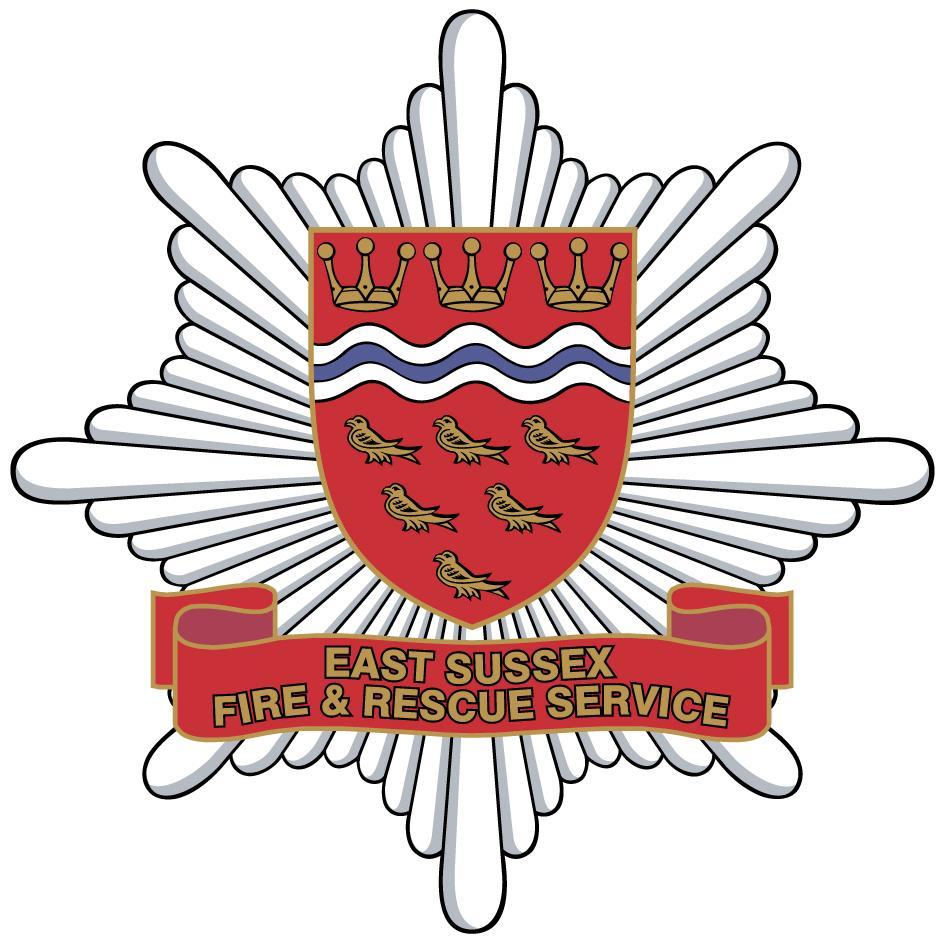Firefighters are to race ambulance crews to some medical emergencies in Brighton and Hove as part of a trial by the East Sussex fire service.
East Sussex Fire Authority said that it had “given the go ahead to a pilot which means firefighters attend certain medical emergencies with South East Coast Ambulance Service (Secamb)”.
The fire authority said: “More work is to be carried out ahead of the roll out of the potentially life-saving immediate emergency care response scheme.
“It follows a similar scheme with the fire services in West Sussex, Surrey and Kent.
“East Sussex Fire and Rescue Service plans to respond to immediately life-threatening Red 1 calls such as cardiac arrests. Ambulance clinicians will always be assigned to attend a call at the same time.”
Assistant Chief Fire Officer Mark Andrews said: “This is an important step for us and we are looking forward to working closely with our emergency services colleagues at South East Coast Ambulance.
“This can make a real difference to the communities we both serve, by helping deliver lifesaving actions within minutes of a medical emergency.
“Our firefighters are already well trained in first aid and all fire engines already carry oxygen therapy equipment, defibrillators and immediate emergency care kits.
“We will provide additional training in the coming months to prepare for this pilot.
“We will carefully monitor the impact this has on our response to other incidents and have measures in place to quickly change our availability to respond to medical emergencies if we are needed elsewhere.”
The fire authority said that the trial was “part of Secamb’s wider ongoing work of emergency service collaboration across its region”.
Secamb clinical quality manager and co-responding lead Matt England said: “This collaboration is about ensuring our most seriously ill patients are seen as quickly as possible.
“When someone is in cardiac arrest, with every minute that passes their chances of survival diminish significantly.
“We’ll always assign an ambulance response to the call at the same time but if firefighters reach the scene of an emergency before ambulance crews, they will be able to begin vital life-saving treatment.”










Will this save more lives or cost more lives. Fire & Rescue Services are already taking longer to get to emergency calls and this will increase that time even further. So as response times to fires and rescues gets longer, they will be helping the ambulance service meet their response times, as when firefighters arrive, the ambulance service can tick the ‘target time achieved’ box. Sometimes they may indeed save a life, but what about when the patient needs a paramedic, or treatment in hospital to save their life? Schemes like this elsewhere have seen patients waiting even longer for an ambulance to arrive and firefighters tied up on non-life threatening calls. Instead of tinkering with the emergency services like this, the government should ensure that both the ambulance service and the fire & rescue service are properly funded so that they can each do their own jobs properly.